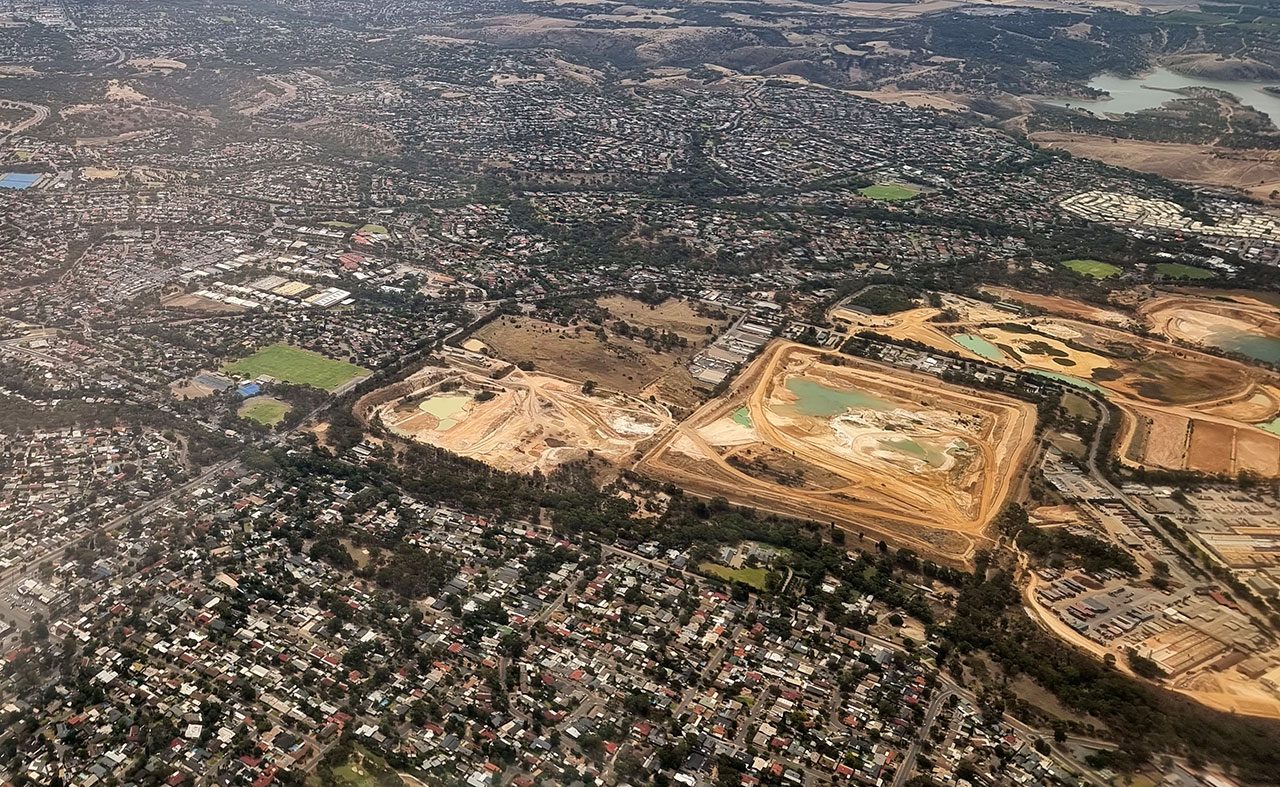This article is from the Australian Property Journal archive
INTEREST rate cuts and a clearer national housing policy direction following next year’s election is likely to give way to a sharper uplift in new housing approvals, according to economists, although the National Housing Accord target remains well out of reach.
The latest data from the Australian Bureau of Statistics showed national total dwelling approvals in rose 4.2% to 15,498 in October.
National detached house approvals eased 5.2% to 9,191, breaking the upwards trajectory thus far for 2024. Both Queensland (down by 12.3%) and Western Australia (by 6.1%) fell following strong results in the months prior. South Australia was the only major state to record a gain (up by 1%).
However, a jump in apartment and townhouse approvals more than made up for the dip in detached housing. Attached dwellings surged 24.8% to 5,859 approvals, led by NSW and Victoria.
“While the latest approval result for apartments was positive, we continue to expect a materially higher dropout rate to commencement,” said Oxford Economics Australia senior economist Maree Kilroy.
Following the approval lead, Oxford Economics Australia is estimating that total dwelling commencements are forecast to gain 3% to 163,400 in FY2025.
“Houses will drive the improvement as apartment activity provides an offset. Utility connection bottlenecks and trade labour shortages will make a more aggressive recovery difficult,” said Kilroy.
“We expect mortgage rate cuts from mid next year will aid the release of pent-up housing demand, while traction on the housing policy front will become increasingly obvious.
“With the upturn spreading across all build forms and states, a sharper uplift is forecast for FY2026.”
With core inflation holding high, labour markets holding tight, and the rising geopolitical risk, the chances of a rate cut early in the new year have become less likely.
However, the federal government’s National Housing Accord target of 1.2 million “well-located” homes over five years from July 2024 requires an apparently distant 240,000 homes per year. The initiative is aiming to boost supply in a market that has seen crushingly low vacancies, soaring rents, and high mortgage rates and soaring prices driving housing affordability to its worst level on record, as Australians work overtime, take on second jobs, and even skip on healthcare costs in a bid to break into the heated market.
A major impost to supply has been soaring costs, issues with capacity, and labour shortages in the construction industry which have made life difficult for builders across the country, with countless projects either delayed or shelved altogether.
“New home building has clearly won momentum, but we need to see much more improvement or there is little hope of reaching our Accord’s target of 1.2 million new homes by July 2029,” said Master Builders Australia’s chief economist Shane Garrett.
“Failing to deliver the much-needed homes is having a real cost on Australians. The year to October 2024 saw rents increase by another 6.7% on already onerous levels.
“This is a direct result of years of underbuilding of new apartments and units.”
Master Builders Australia’s CEO Denita Wawn said the figures are a “promising increase and a step in the right direction, but we are a long way off the pace” to achieve the National Housing Accord target.
“We need to see this level of output increased and sustained over a longer period of time.
Construction costs are expected to remain “stubbornly” elevated until at least 2027, according to WT’s latest Australian Construction Market Conditions Report.
In a note, ANZ economists Sophia Angala, Madeline Dunk and Catherine Birch said the new figures “could indicate that capacity constraints are easing”.




